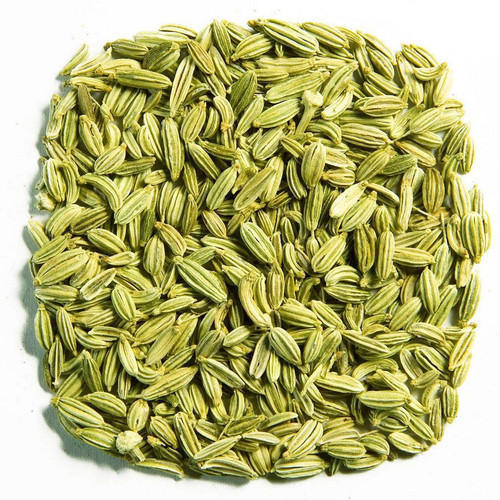
Grub Control Strategies for Fennel Crops
Share
Introduction:
Fennel, known for its aromatic seeds and feathery leaves, is a popular herb in bothculinary and medicinal applications. However, like any other crop, fennel can fall victim tovarious pests, affecting yield and quality. Effective pest management is essential forensuring healthy fennel growth. This guide covers the most common fennel pests and offers practical management strategies.

Common Pests Affecting Fennel
Aphids
Identification: Small, soft-bodied insects, usually green but can be black,
brown, or pink.
Damage: They suck sap from the plant, causing curling, yellowing leaves,
and stunted growth. They also excrete honeydew, leading to sooty mold.
Management:
Biological Control: Introduce natural predators like ladybugs and
lacewings.

Cultural Control : Regularly inspect plants and remove infested parts.
Chemical Control: Use insecticidal soaps or neem oil for severe
infestations.

Caterpillars
Identification: Various larvae, including the larvae of butterflies and moths, which can vary in color and size.
Damage: They chew on leaves, stems, and seeds, leaving holes and damaging
the plant structure.
Management:
Biological Control: Employ parasitic wasps or Bacillus thuringiensis (Bt).
Cultural Control: Hand-pick caterpillars from plants.
Chemical Control: Apply organic pesticides if necessary.

Cutworms
Identification: Fat, grey, or brown larvae that curl up when disturbed.
Damage: They cut young plants at the base, causing them to wilt and die.
Management:
Cultural Control: Use collars around the base of seedlings and remove plant
debris.
Chemical Control: Spread diatomaceous earth around plants.

Spider Mites
Identification: Tiny, spider-like pests that are usually red or yellow.
Damage: They cause yellowing and speckling on leaves, leading to webbing in
severe cases.
Management:
Biological Control: Introduce predatory mites.
Cultural Control: Maintain proper watering and humidity levels to deter mites.
Chemical Control: Use miticides or insecticidal soaps.

Integrated Pest Management (IPM) Strategies
Monitoring and Identification
Regularly inspect fennel plants for signs of pest activity.
Correctly identify pests to choose appropriate management strategies.
Cultural Practices
Rotate crops to prevent pest build-up.
Remove plant debris and weeds that can harbor pests.
Ensure proper spacing to reduce humidity and pest attraction.
Biological Controls
Encourage beneficial insects by planting companion plants.
Release natural predators and parasitoids as needed.
Chemical Controls
Use organic and less-toxic pesticides as a last resort.
Follow label instructions carefully to avoid harming beneficial insects.
Conclusion
Effective pest management in fennel involves a combination of monitoring,cultural practices, biological controls, and, when necessary, chemicaltreatments. By implementing an Integrated Pest Management (IPM) approach, you can maintain healthy fennel crops and reduce pest-related problems. Regular vigilance and timely intervention are key to successful pest management in fennel.
